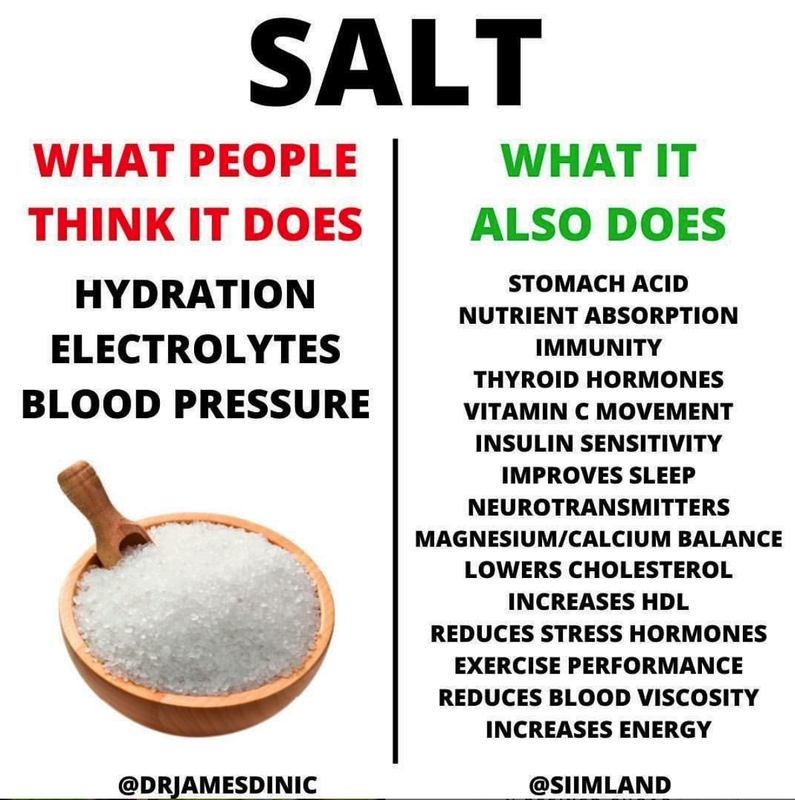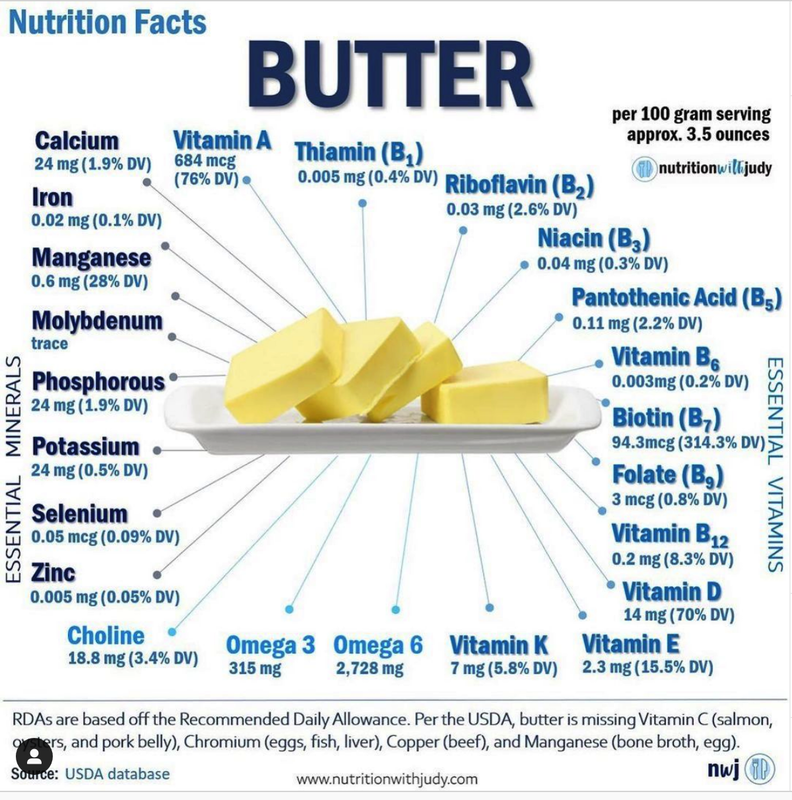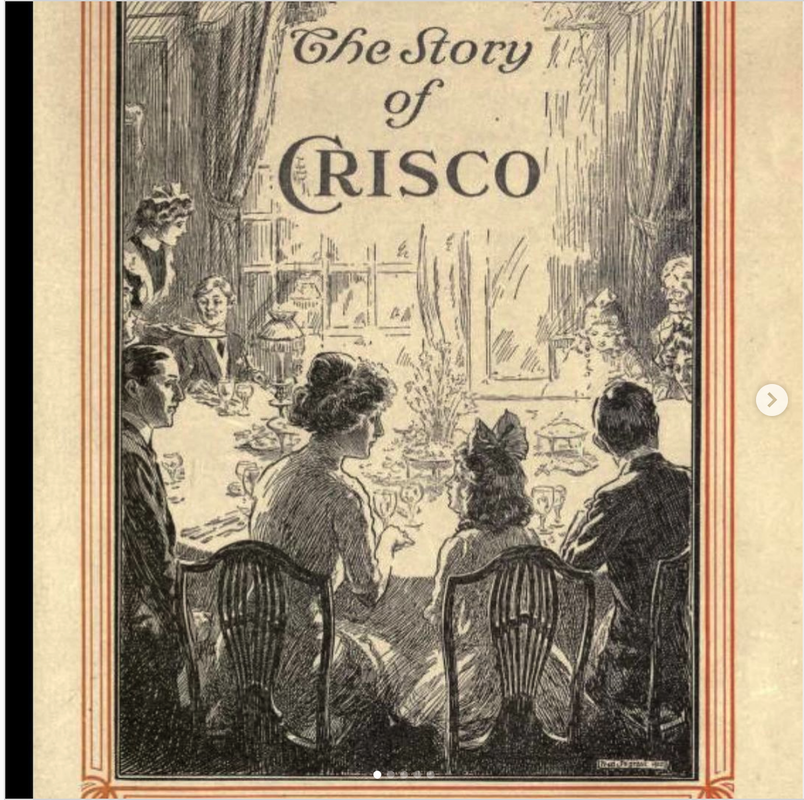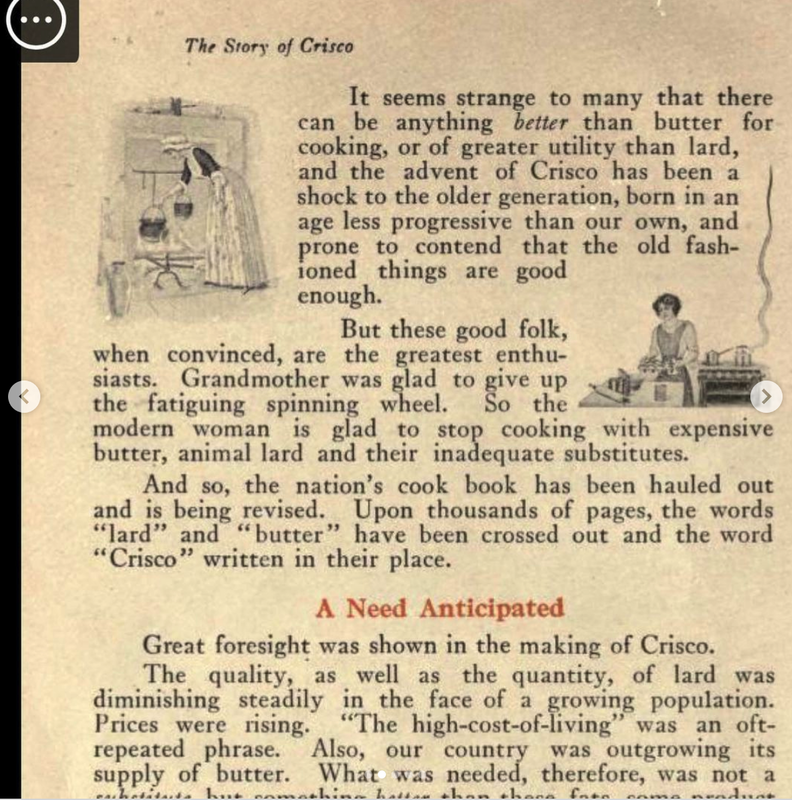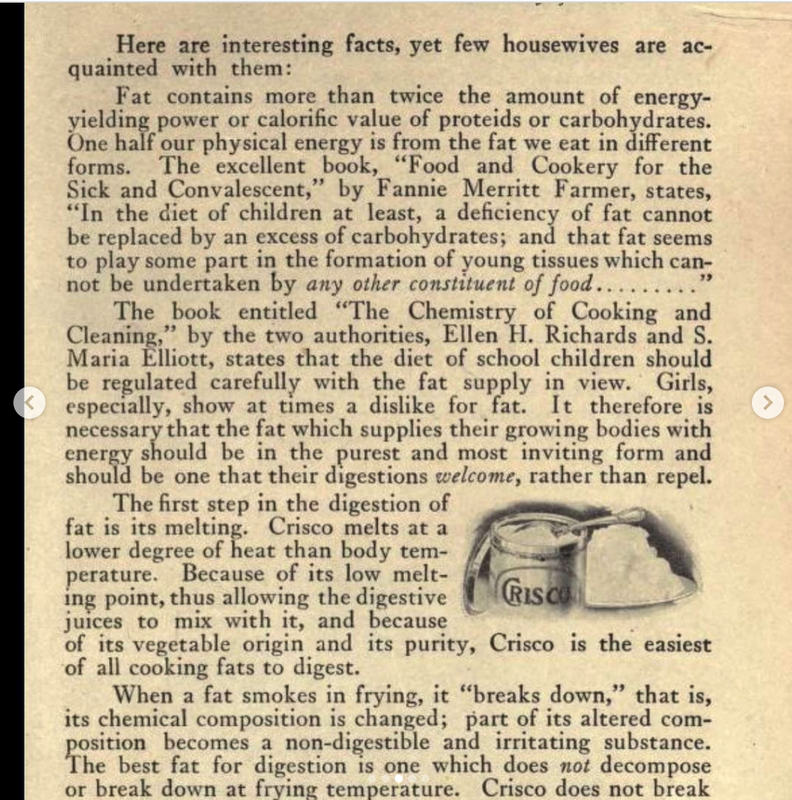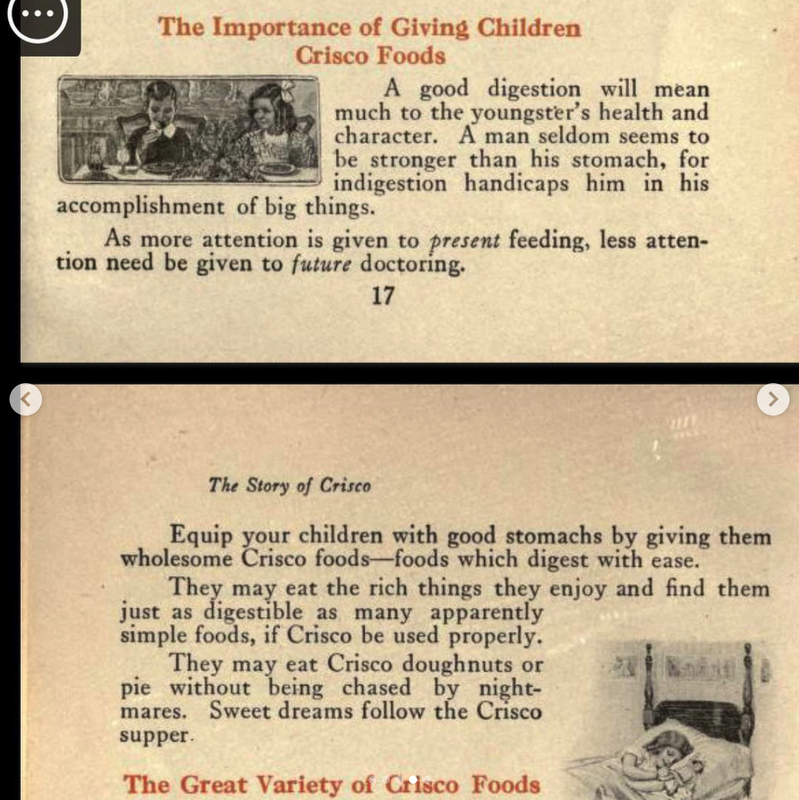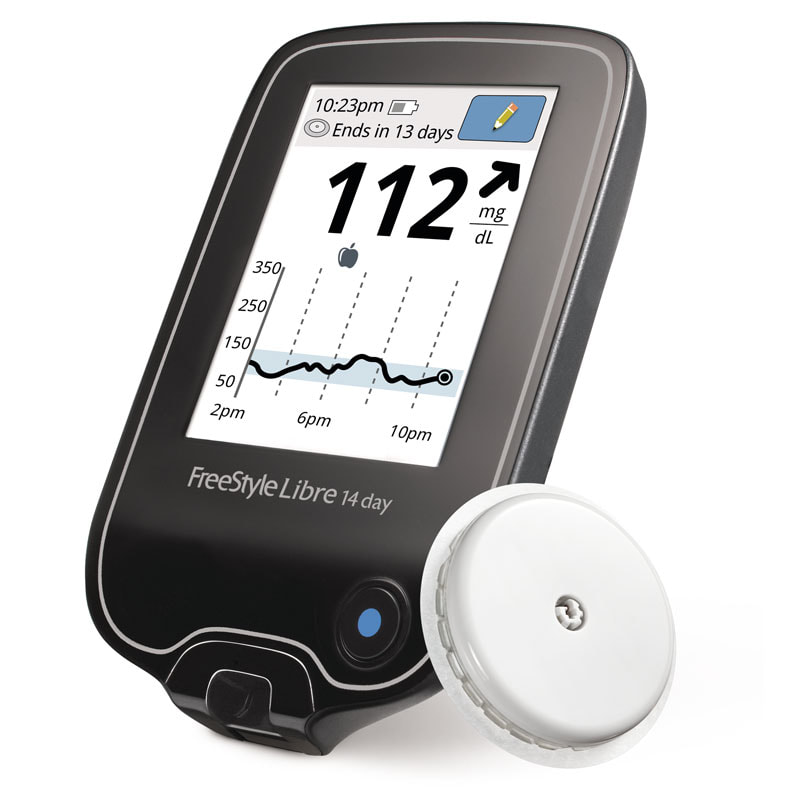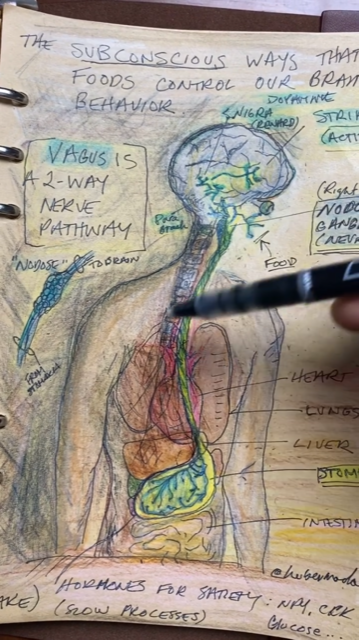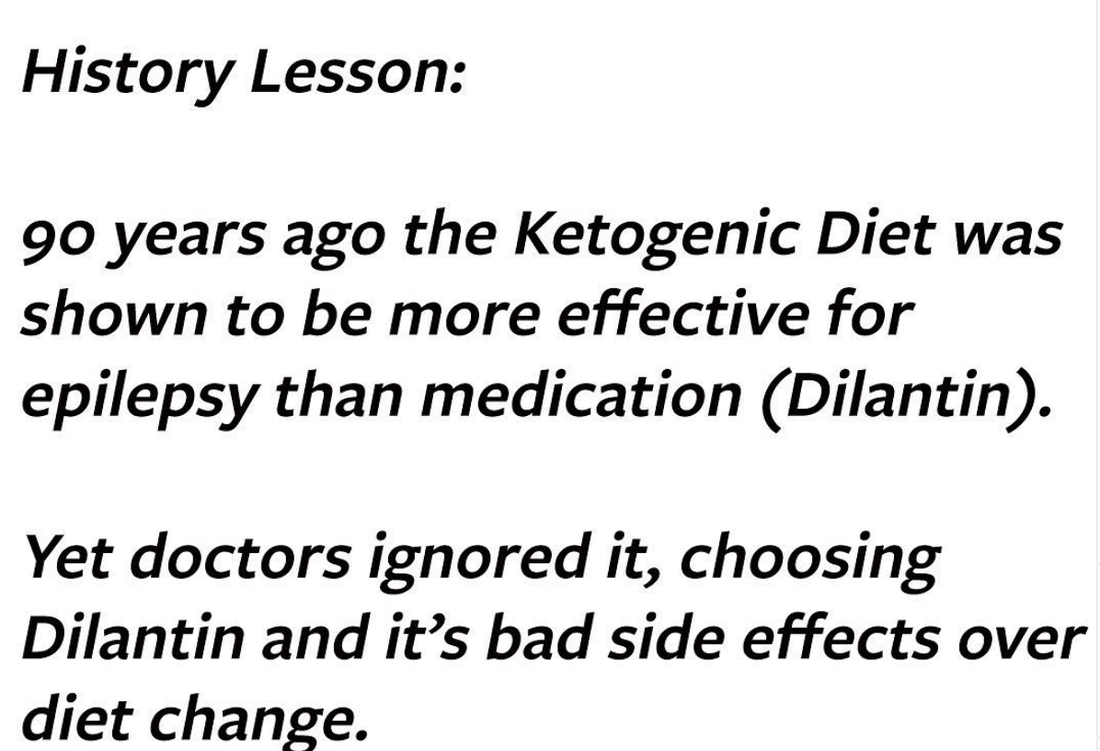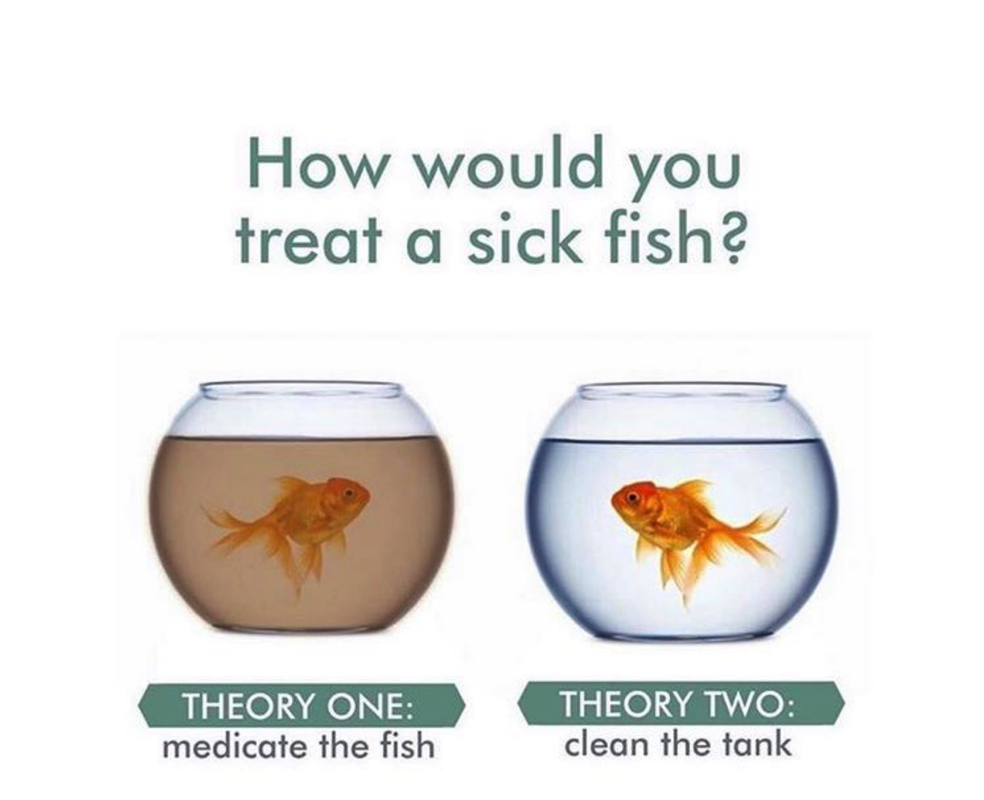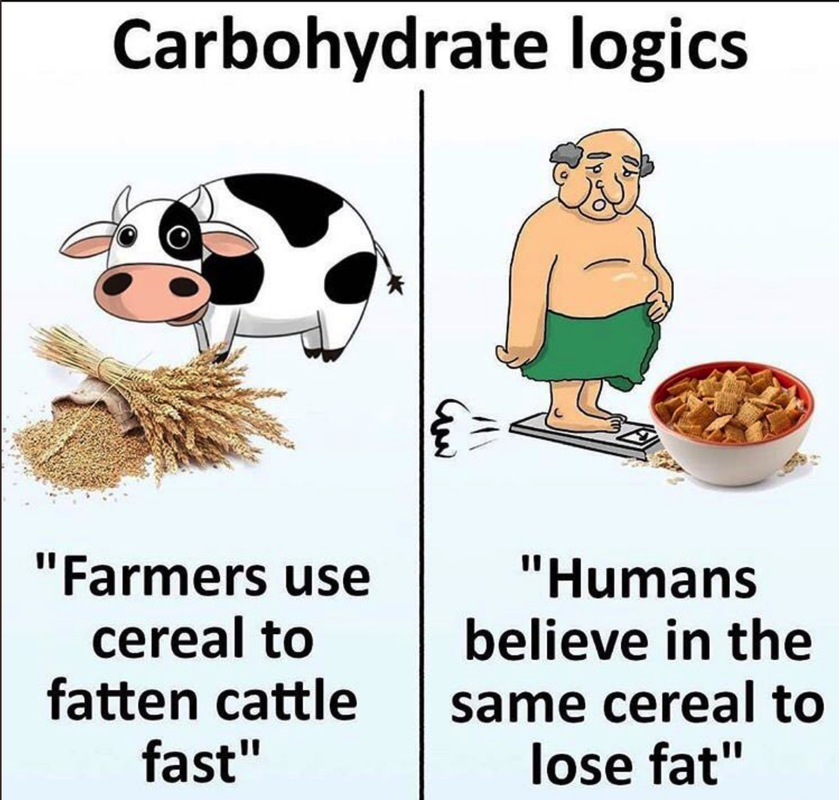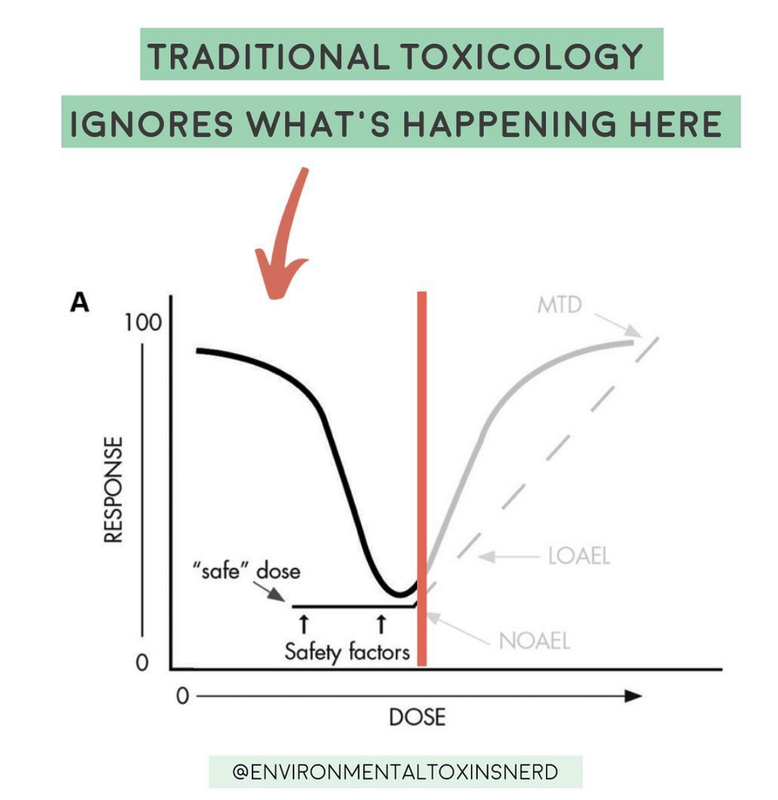|
Why would you not know the many functions and roles salt plays in our health and metabolism? Its seems what we know about salt is pretty much like fats and sugar......we know what industry wants us to know. There are certainly people who are fluid restricted and even some who are salt sensitive but for the other 98% of us there is a large part of the story we are not told. Has a doctor ever said to you, do you add salt to your foods? This is generally followed by, lets limit using the salt shaker. This is very common but what you will not hear most health professionals say is, salt can be hidden in a lot of our restaurant and processed/packaged foods. A big mac example almost a days worth of sodium, and yet most just focus on the salt shaker.... the salt you add to food, not what is put in by other people and manufacturers. I will tell you clinically as people improve their diet intake, ie using more and more high quality real/whole foods we can actually watch labs for sodium slowly drop and after 6 months or more eating healthy have to advise them to add salt to their healthy foods. This is a repost from drjamesdinic on instagram. Dr James is a great resource for a ton of health research but is a favorite for challenging some long running health narratives in this country. Check out his books, The Salt FIx and new book The Mineral Fix https://www.amazon.com/Salt-Fix-Experts-Wrong-Eating-ebook/dp/B01GBAJR9C https://www.amazon.com/Mineral-Fix-Optimize-Longevity-Immunity/dp/B08XXZX695 drjamesdinic Salt is often villainized because it's thought to raise blood pressure and increase the risk of cardiovascular disease.
However, salt is an essential mineral composed of sodium and chloride, which is incredibly vital to our health. Here are some of the essential roles salt has in the body: - Produces stomach acid - Supports digestion and nutrient absorption - Helps to eliminate pathogens via stomach acid - Transports iodine into the thyroid gland, enabling the production of thyroid hormones - Helps us absorb vitamin C and drives vitamin C and glutathione into organs - Increases insulin sensitivity and prevents insulin resistance - Lowers stress hormones - Improves sleep - Helps with neurotransmitter movement - Helps us maintain magnesium and calcium balance - Lowers LDL and raises HDL - Reduces blood viscosity - Supports blood flow - Improves exercise performance The consequences of getting too little salt are often times much more damaging than getting too much. For most of us, if we eat too much salt we simply pee it out but we can’t make salt if we are lacking it. To learn how to optimize your salt intake check out The Mineral Fix on Amazon. @drjamesdinic @siimland
4 Comments
Interesting concussion study done on rugby players..... using saliva to assess head injury3/29/2021 In patient appointments we are always directing people to eat more "healthy" fat but it can be confusing when our government recommendations and many of our helpful "nonprofits" are running interference for big industry.... who they take millions from. Many who remember our "health experts" taking butter and eggs away from us in the 70's and 80's now know there was never any real science behind it... just some cherry picked research and a lot of money was the real recipe.
Butyrate which butter is named after is so important for our health!!! _____________________________________________________________________________________________ This is a repost from @CarnivoreCure on Instagram. This diagram struck me when I saw it. No wonder the big oil industry had to get rid of this healthy fat ....look at everything we got with it along with the heat tolerant fat in butter. You could make a similar post for eggs......so good for us it just had to go...big cereal couldnt compete with it. @CarnivoreCure excerpt: Nutritional guidance recommends copious amounts of fiber in our diet. Fiber is broken down into short-chain fatty acids—such as butyrate (butyric acid), propionate (propionic acid), and acetate (acetic acid). Butyrate is essential because it is the preferred fuel source by the large intestine’s endothelial cells. 🥛Butter, cream, and cheese contain butyrate in its absorbable form. In fact, butter is the best source of butyric acid or butyrate. In fact, the origins of the word butyric acid are from the Latin word, butyrum—the same origins of the word butter.[1] ❓How did we come to think that butyric acid is best from plants? 🧈The number one dietary source of butyrate is butter. According to a 2016 microbiome study, “Butter contains 3 to 4 percent of butyric acid, in the form of tributyrin (butyryl triglyceride), making it the richest dietary source of butyrate…”[2] 🧬Butyrate is also made in small quantities in mammalian cells through the breakdown of fats and metabolism of glucose. Yes, butyrate can be found in animal fats and dairy.[3] 🧐Some carnivores don’t consume any dairy. It may be possible that the minimal amounts of butyrate obtained from animal fats is sufficient. Bacteria also makes butyrate from the leftovers of cells and mucus. In fact, the end of the colon (the sigmoid colon) relies more on this type of butyrate than the butyrate from foods.[4] 💡Eat more butter. It’s nutrient-dense, copious amounts can be eaten safely, (without carbs) and good for gut health. 🎉Make sure to get your copy today! There’s a coupon code for $7 off on Amazon now! www.carnivorecure.com ————————————-- [1] Bourassa et al., “Butyrate, Neuroepigenetics and the Gut Microbiome,” 56–63. Lexico Dictionaries, “Butyric Acid” Lexico Dictionaries, 2020, https://www.lexico.com/definition/butyric_acid. [2] Bourassa et al., “Butyrate, Neuroepigenetics and the Gut Microbiome,” 56–63. [3] Pouteau et al., “Production Rates and Metabolism … Isotopes,” 87–93. Miyoshi et al., “Oral Administration of Tributyrin … Rats,” 252–58. [4] Canani, “Potential Beneficial Effects of … Diseases,” 1519. The Story of Crisco (a sad story of an experiment performed on the American public for profit)2/21/2021 Credit for this post goes to @primatekitchen on instagram. Interesting, this a book you can find online at bookstores. Over the years I had heard some of this story detailing how a bi-product of manufacturing made its way into the standard American diet. Its not bad enough they needed a way to sell this goo... the real magic was in demonizing the natural competitors we had used for thousands of years and which were primarily animal fats like butter and in its day healthy versions of animal fats like lard. As with most things its a story of "follow the money" as the toxic transfat product made its way into our diet as a staple while the healthy natural fats were taken away by corrupt research and funding so called healthy non profit groups like the American Heart Assoc which would take 40 years to reverse and the incalculable damage done to our health. @Primatekitchen posted some good excerpts from the book I will copy below but check the posts out on their instagram for more info... primatekitchen
Cottonseed oil had a long road to value, beginning as a nuisance waste of cotton ginning. A history of the industry reports that “many an antebellum cotton gin was setup on the bank of a stream so that the seed could be washed away,” spurring states to introduce measures such as Mississippi’s fine for dumping cottonseed “in any stream used for drinking or fishing purposes,” or for allowing it to accumulate within half a mile of a city or town (Nixon 1930, 73). One way to dispose of cottonseed waste was to extract oil from it, initially a product in search of a use. After an idiosyncratic itinerary as an illegal adulterant to hog lard and cheap alternative to animal fats in soap-making in the nineteenth century, it came into its own as a household culinary item with the development of deodorized Wesson cooking oil in 1899 and Proctor & Gamble’s Crisco shortening in 1911 (Pendleton 1999). In making oil from cottonseed, cottonseed meal is left as a waste product. The meal was discarded or shipped to Europe to be used as animal fodder. What is a "Healthy" glucose level?Its interesting many of the lab ranges used by conventional medicine are not based on healthy people or optimal health. Levels for all kinds of labs, especially nutrition labs, are based on known deficiency levels. In other words, if your level of vitamin D drops below 30, you are at risk for bone disease (Vitamin D is important for many other important functions in our body). So many doctors who see vitamin D at or around 30 will tell you your fine. Because of this many people now are exploring what is an optimal level for these labs and nutrient levels. What is optimal is largely undefined in humans... interesting we know a lot about optimal health of animals and because of that have fed them differently for many years. For this post I am linking to an interesting article on glucose levels. Levels Health and Nutri Sense offer Continuous Glucose Monitors (CGM) and consulting to help users understand what an optimal glucose level might be for them, as an individual. For years we've had to rely on random finger sticks and lab markers which can be a lot less reliable than we might think, A CGM allows you to track glucose levels every few minutes for days allowing you to see how your glucose fluctuates around your diet, activity and sleep levels. Oh, yeah dont forget stress :) Seeing this data can be life changing so if you have a chance check it out. This information along with a lab insulin level are key indicators of your metabolic health.... For info on CGM click below
WHAT MAKES US EAT, & STOP EATING More more information follow @hubermlab on Instagram and youtube
Here I describe the neural pathways involved in signaling the rewarding aspects of certain foods. This has a profound influence on how much we enjoy food and want to keep consuming it. The molecule dopamine which tends to encourage more of whatever behavior led to its release is subconsciously controlled by the contents of the food you are consuming. Sugar in particular. Click the link below to watch repost from @metabolic_mike follow on Instagram.com for more info
During the 1930’s Pediatricians at the Mayo Clinic published the first-ever long-term clinical trial showing the Ketogenic Diet was effective for epilepsy (60% seizure free, 35% improved, ~ 5% no effect). In 1938 the drug Dilantin became available; despite having sedative and loads of toxic side effects—and being less effective than the ketogenic diet in terms of seizure remission—doctors and patients opted for the pill 💊 instead of having to eat lower-carb foods. 90 years later politicians are closing gyms (even though exercise is an immune enhancer) while allowing people to continue to eat and drink highly-processed fake food that compromises immunity because the pill is coming. Diet and lifestyle change isn’t sexy or profitable, so it’s frequently relegated to unsubstantiated quackery, even though it’s often more effective than pills and shots. repost from @livevitae follow on instagram or at livevitae.com
If you think about how we age, how some people seem to age better than others consider this image. Certainly, genetics have a role to play but if you have ever noticed someone who seems to be aging faster than normal or seem to be sick alot, its important to consider their environment. As you can see medications may have an impact but how much can they help if the environment or behavior that is contributing to poor health do not change. repost from lonestarketogirl follow on instagram
Important to note not all cereal and grain products are bad but when you think about our governments diet recommendations for the last 40 years it is generally true we were told to consume massive amounts of highly processed grain products. Many highly refined products even carried the heart healthy logo. Many of these highly refined or processed products contained both the highly refined carbs from the the grains but also had large amounts of add carbs via added sugar. Anytime we eat an all carb meal, especially highly processed carb meals they are quickly digested and absorbed...mostly stored as fat, and in about 30 minutes you are hungry again. These kinds of foods also stimulate hormones and changes in our GI flora that drive our hunger for them. This is repost is from Lara Adler, instagram environmentaltoxinsnerd Link to article http://linktr.ee/environmentaltoxinsnerd
A lot of times when people talk about chemicals & health effects, we hear folks say stuff like "these chemicals have already been tested and have been found to be safe."⠀ ⠀ Let's explore: ⠀ ⠀ Traditional toxicology studies typically look at higher levels of exposure than we're used to getting, & they work backwards to find the "safe" level. When they find a level that does not produce an adverse effect (think: changes in organ weight, cancer, death), they establish the No Observed Adverse Effect Level (NOAEL). ⠀ ⠀ Then some safety factors are added to reach the "reference dose" or the dose at which exposures are *presumed* safe. Once established, research into exposure levels below it STOPS, and that reference dose is rarely tested directly.⠀ ⠀⠀ And levels FAR below the NOAEL, ie, levels that reflect normal human exposure, are almost never tested! They are just ASSUMED to be safe. ⠀ ⠀ While many substances do indeed follow what's known as a monotonic dose-response curve (ie, it's linear and predictable) endocrine-disrupting chemicals don't play that way. ⠀ ⠀ The U-shaped graph in this post is an example of a non-monotonic or non-linear dose-response curve; at very very low levels, FAR below what traditional toxicology examines, you can see a LARGER response. ⠀ ⠀ This matters because it means that, at least for EDC's, we cannot predict, or *assume* to know their behaviour based on high-dose testing unless we ACTUALLY and accurately test. ⠀ ⠀ And yet that's just what toxicology does, it ASSUMES the line of the curve is always linear - without testing to confirm. ⠀ ⠀ Why is this important to know?⠀ ⠀ Because the #1 response to talking about chemicals is "the amount is so small it doesn't matter"!!⠀ ⠀ If you understand, and can clearly articulate this concept, you'll do a dang better job at talking toxins with your clients, patients, or customers! ⠀ ⠀ This is a core piece of the conversation about why chemical exposures matter which is why this topic is covered extensively inside my Talking Toxins professional course. ⠀ ⠀ Thousands of health professionals have already been through this program! Check the linkinbio to learn more about it! |
